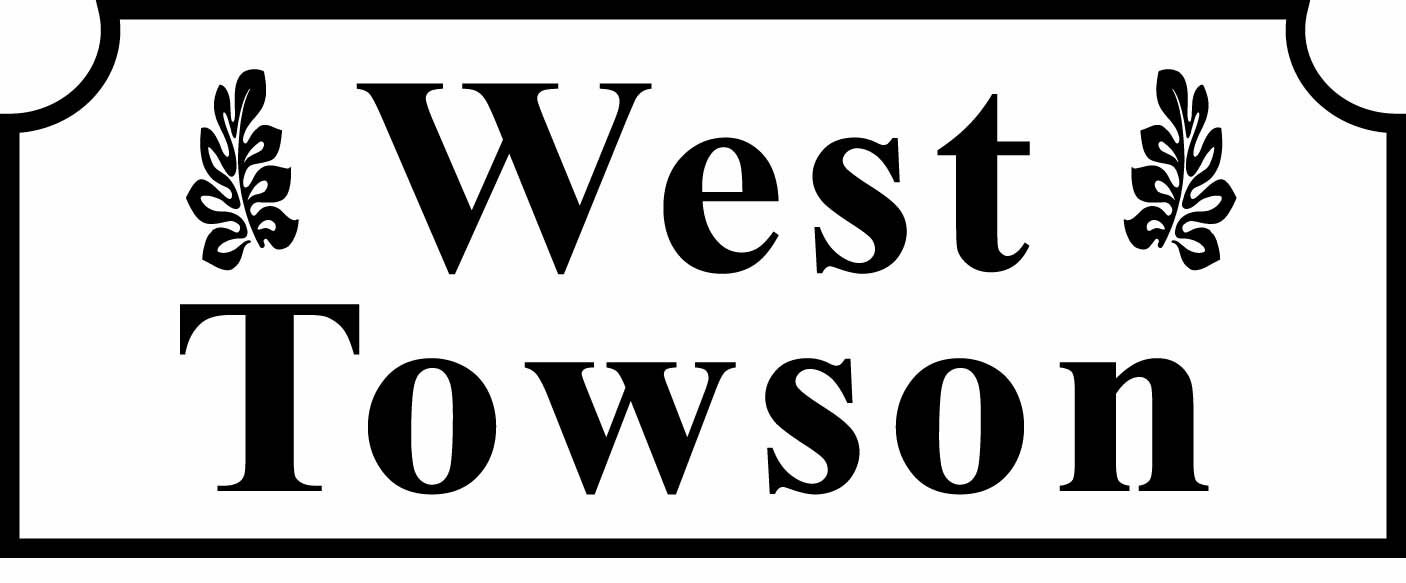The Great Debate: Fall Yard Care - Leave or Rake?
As autumn rolls in, homeowners face the perennial question: to rake or not to rake? The age-old practice of gathering and disposing of fallen leaves has its merits, but there's a growing trend toward embracing nature's carpet. Let's explore the benefits and drawbacks of different fall yard care options, from leaving leaves in place to traditional raking.
Leaving Fall Leaves: A Case for Natural Care
Benefits:
Natural Mulch: Fallen leaves create a protective layer, acting as natural mulch. This layer retains moisture, regulates soil temperature, and suppresses weed growth. Moreover, as leaves decompose, they enrich the soil with organic matter, enhancing its fertility over time.
Wildlife Habitat: Leaf litter provides a haven for insects, earthworms, and small creatures. These critters, in turn, attract birds and wildlife to your yard, fostering biodiversity and a balanced ecosystem.
Nutrient Cycling: Decomposing leaves release nutrients back into the soil, replenishing vital elements like nitrogen and carbon. This natural process reduces the need for chemical fertilizers, benefiting the environment.
Reduced Waste: Raking and disposing of leaves generate excessive yard waste. Leaving them in place not only conserves time and effort but also reduces the waste burden on landfills.
Soil Protection: Fallen leaves serve as a natural barrier against soil erosion during heavy rainfall, preserving soil structure.
Carbon Sequestration: As leaves decompose, they sequester carbon in the soil, contributing to efforts to mitigate climate change by reducing atmospheric carbon dioxide.
Cost-Effective: Allowing leaves to decompose naturally is a cost-effective way to improve soil quality and promote a healthy ecosystem, eliminating the need for expensive mulch or fertilizers.
Drawbacks:
While leaving leaves has its advantages, it's essential to consider the drawbacks:
Lawn Smothering: Thick layers of leaves can smother your lawn, preventing sunlight and air from reaching the grass, which can lead to lawn damage.
Safety Concerns: Leaves covering walkways, driveways, or other high-traffic areas can become slipping hazards, posing a safety risk.
Aesthetics: Some homeowners prefer a meticulously clean lawn and see fallen leaves as unsightly.
The Middle Ground: Finding Balance
To strike a balance between the benefits and drawbacks of leaving leaves, consider these alternatives:
Mulching Mower: Use a mulching mower to shred leaves into smaller pieces that can be left on the lawn as mulch, reaping many of the benefits listed above.
Garden Bed Use: Rake whole or mulched leaves into garden beds, where they'll nourish your garden and enhance soil quality.
Compost Pile: Rake leaves into a compost pile, allowing them to decompose over the year. The resulting compost can then be applied to your garden, enriching the soil further.
In conclusion, the choice between leaving leaves and raking depends on various factors, including your yard's specific needs, personal preferences, and environmental concerns. Striking a balance between these two approaches can be the key to maintaining a beautiful and sustainable fall yard.

